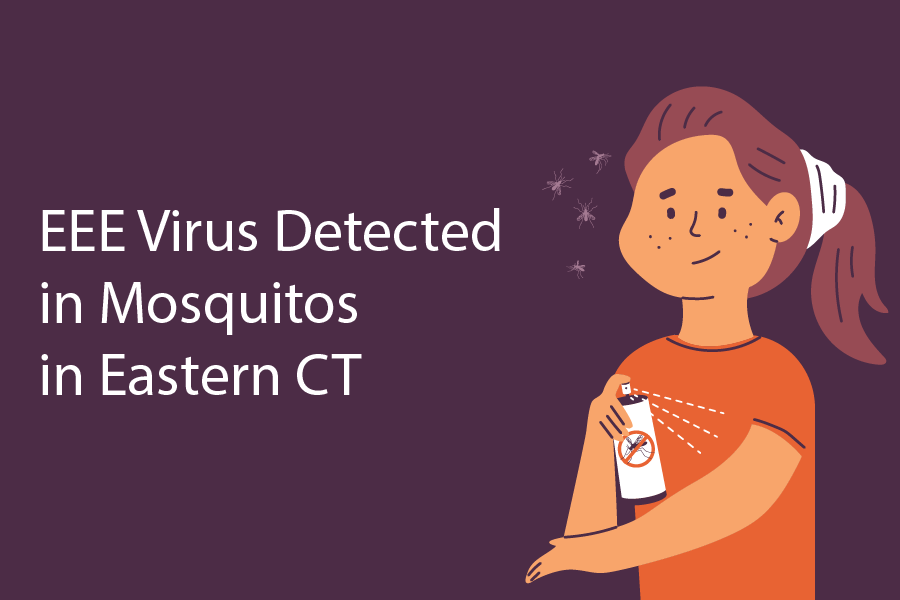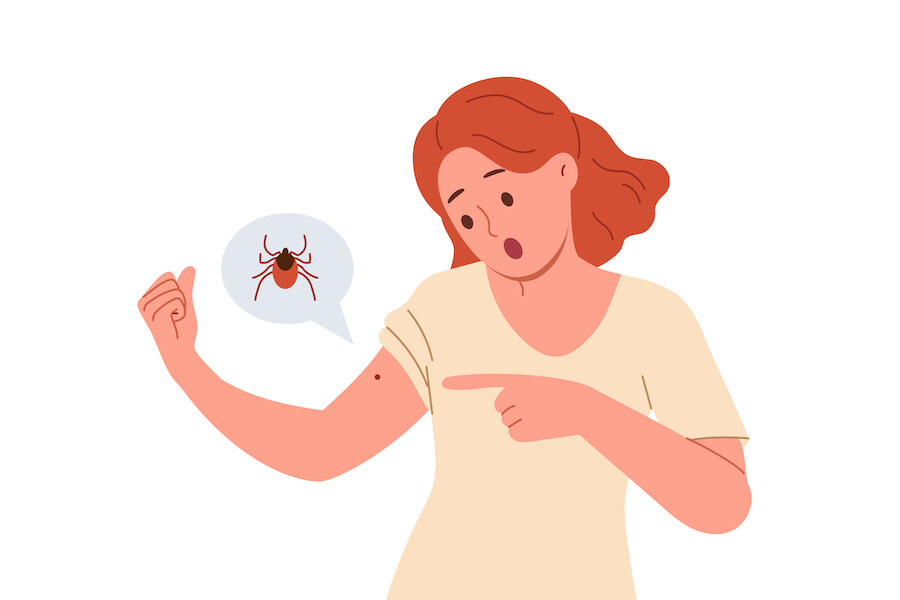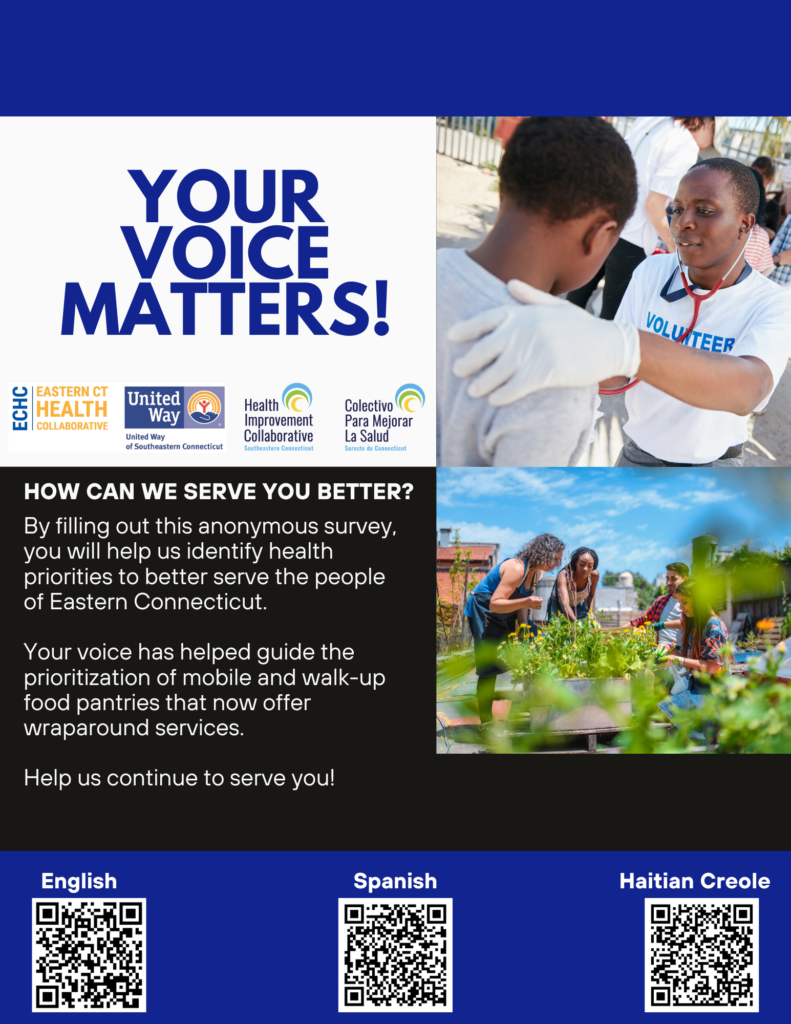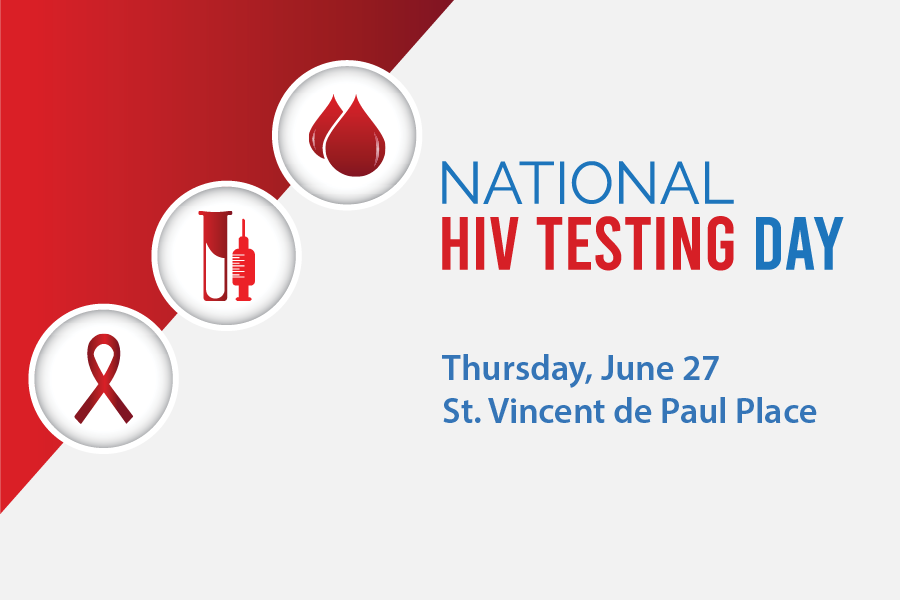Rabies is a serious viral disease that affects the nervous system of mammals, including humans. In the U.S., the risk of humans contracting rabies is relatively low. However, it’s essential to be aware of the signs of rabies in animals, how to prevent exposure, and what to do if you think you may have been exposed. Understanding how to identify a potentially rabies-infected animal and knowing the appropriate actions to take can save lives.
Identifying a Potentially Rabies-Infected Animal
Rabies is most commonly transmitted through the bite of an infected animal. Knowing how to spot a potentially rabies-infected animal can help prevent exposure. Here are some signs to look out for:
-
Behavioral Changes: An infected animal might exhibit uncharacteristic behavior such as aggression, excessive drooling, or appearing unusually tame or fearless.
-
Physical Symptoms: Animals with rabies may have difficulty swallowing, experience paralysis, or show signs of disorientation.
-
Nocturnal Animals Active During Daytime: Animals like raccoons, bats, skunks, and foxes that are typically nocturnal may be seen active during the day if they are rabid.
What to Do If You Spot a Potentially Rabies-Infected Animal
If you encounter an animal that you suspect may have rabies, follow these steps:
-
Do Not Approach: Maintain a safe distance. Do not try to touch or capture the animal.
-
Secure Your Pets and Livestock: Keep them indoors or in a secure area away from the suspected rabid animal.
-
Notify Authorities: Contact local animal control or public health officials. Provide details about the animal’s location and behavior.
Protecting Yourself from Rabies
-
Vaccinate pets: Ensure your dogs, cats, and other pets are up-to-date on their rabies vaccinations.
-
Avoid wild animals: Do not handle or feed wild animals.
-
Supervise children: Teach children never to approach or touch unfamiliar animals.
-
Seek medical attention promptly: If you are bitten or scratched by any animal, wash the wound thoroughly with soap and water and seek immediate medical attention.
Rabies Statistics: U.S. and Connecticut
Rabies remains a public health concern in the United States. Here are some statistics to provide context:
-
United States: Human rabies cases are considered rare in the U.S., with fewer than 10 cases reported each year.
-
United States: Each year, approximately 5,000 animal rabies cases are reported nationwide. Most of these cases occur in wildlife, including bats, raccoons, skunks, and foxes.
-
Connecticut: Between 25 and 100 animal rabies cases are reported annually in Connecticut. Bats are the most common carriers, followed by raccoons and skunks.










